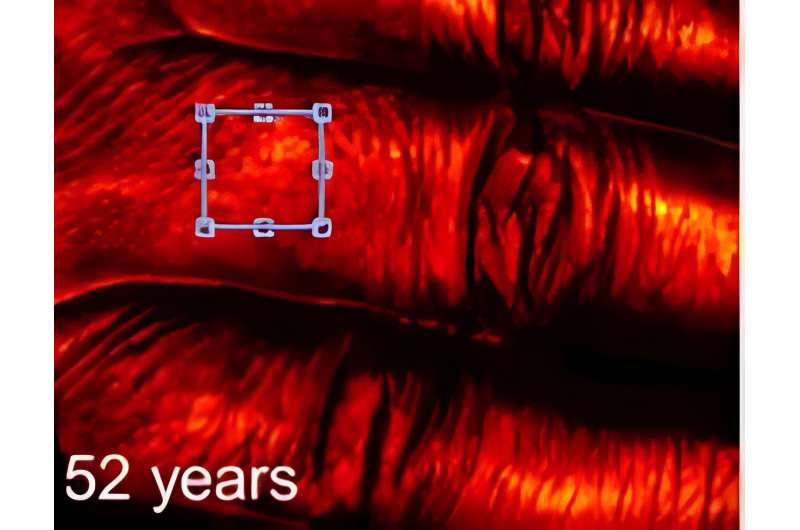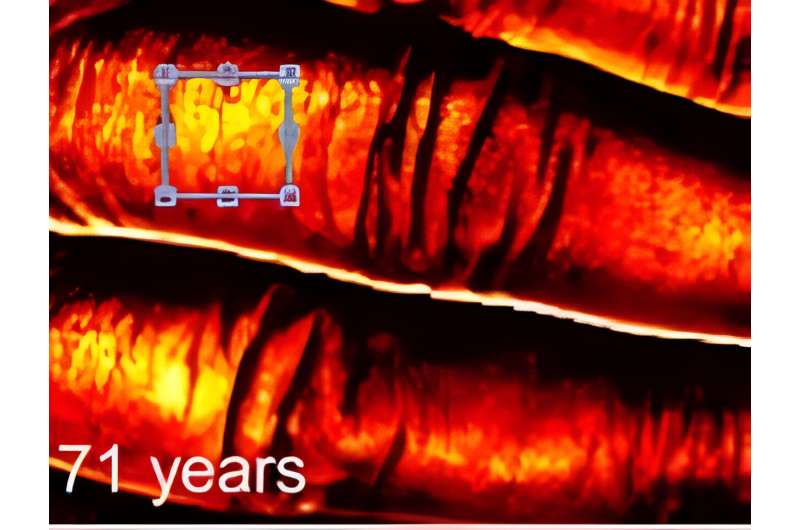This article has been reviewed according to Science X's editorial process and policies. Editors have highlighted the following attributes while ensuring the content's credibility:
fact-checked
peer-reviewed publication
trusted source
proofread
Study could pave the way to non-invasive techniques to detect skin cancer

A study conducted by Aston University researchers has demonstrated that the appearance of aging skin looks noticeably different compared to younger skin, when examined under polarized laser light.
The scientists believe that their new finding could pave the way for new, non-invasive light-based techniques to detect diseases, including cancer, in older individuals. This could significantly enhance early-stage treatment options for various skin conditions.
It has already been established that two classes of polarized, linearly and circularly, can detect changes in skin that aren't visible to the human eye.
The new study indicates that the altered light scattering properties of aging skin are largely due to changes in the skin's texture, which are associated with the depletion of collagen fibers in the dermal layer.
The research was led by Igor Meglinski, professor in quantum biophotonics and biomedical engineering and conducted under his guidance with Dr. Viktor Dremin from Aston University's Institute of Photonic Technologies. The paper, "Incremental residual polarization caused by aging in human skin," is published in the Journal of Biomedical Optics.
The researchers analyzed images of the middle fingers of 32 volunteers aged 22 to 76 to study skin aging. They also used the Monte Carlo method, a mathematical technique, to represent the effects of light circulation within the human skin. This technique was developed by Professor Meglinski in 2001. Combined with the visual data from the images, this enabled the researchers to draw conclusions about the optical properties of aging skin.

Professor Meglinski said, "Our research offers a comprehensive analysis of how aging affects human skin polarization properties. This could be a stepping stone to developing non-invasive, light-based techniques for early detection of skin conditions, including cancer, in the elderly."
The findings of the research could support the development of a method of skin analysis that doesn't rely on the patient undergoing biopsies or surgery.
It could provide instant assessments of age-related skin changes that can be extended to monitor changes associated with the development of diabetes and other conditions.
The research was conducted alongside researchers at the University of Oulu in Finland and the University of Latvia.
More information: Viktor Dremin et al, Incremental residual polarization caused by aging in human skin, Journal of Biomedical Optics (2023). DOI: 10.1117/1.JBO.29.5.052912





















